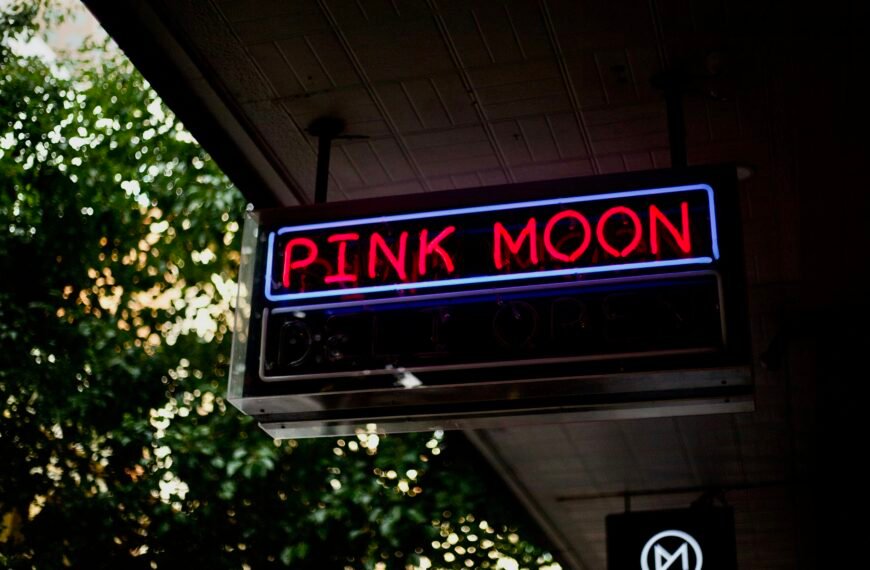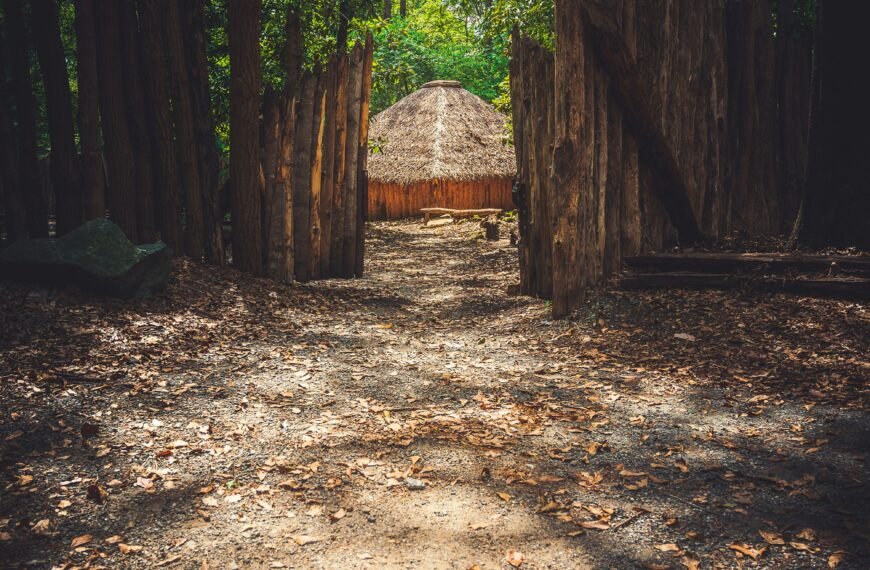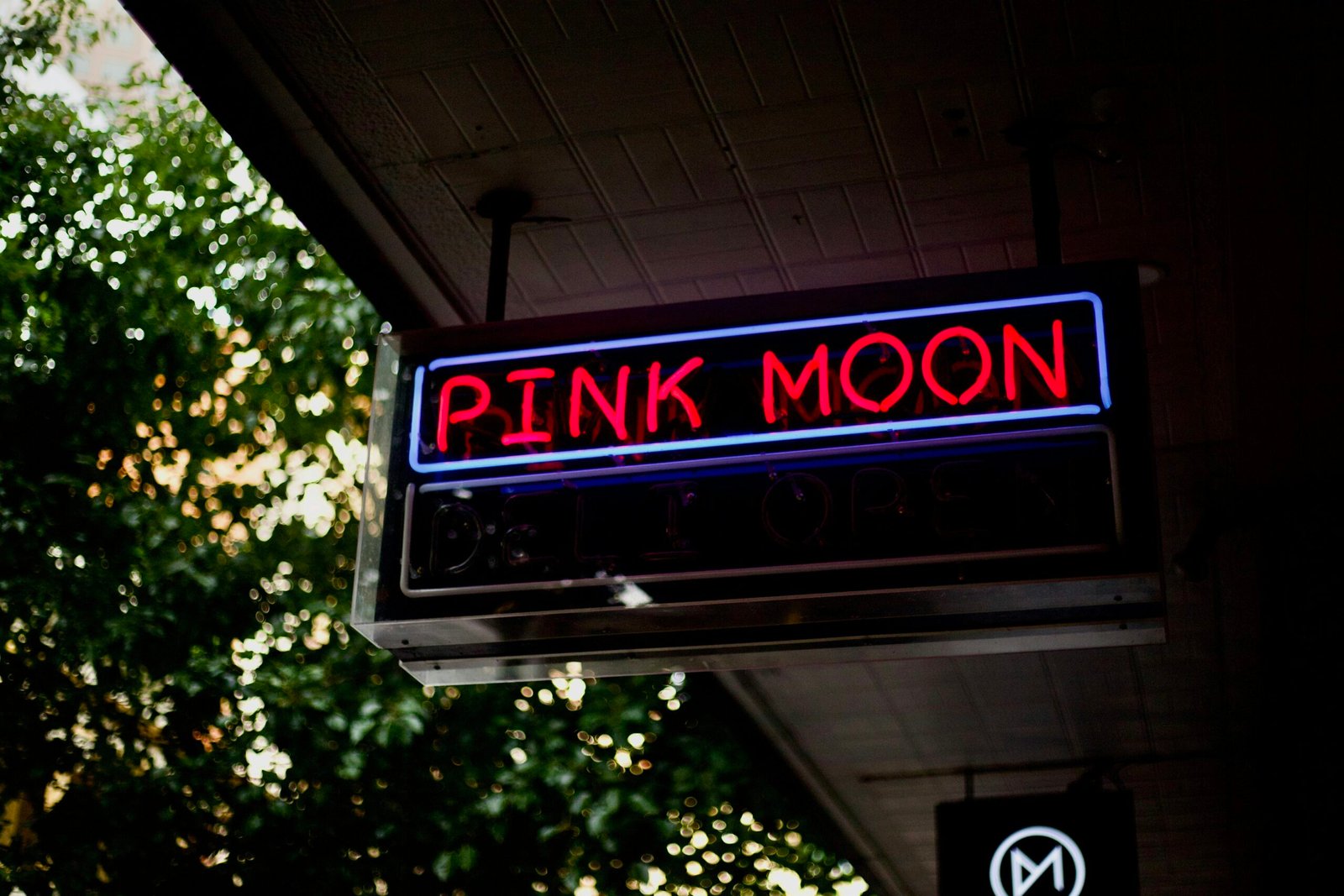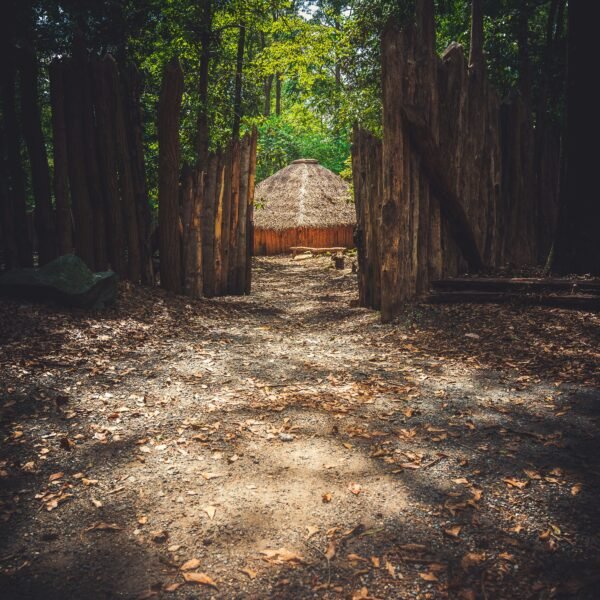In a surprising turn of events, land artist Mary Miss has filed a lawsuit against the Des Moines Art Center to protect her work from being demolished. The artwork in question, an environmental installation called “Greenwood Pond: Double Site,” has been deemed a safety hazard by the museum and was scheduled for demolition. However, Miss argues that the destruction of her work violates the Visual Artists Rights Act and is seeking a restraining order to halt the demolition. This case brings to light the challenges faced by smaller institutions in preserving ambitious public artworks and raises questions about the responsibility of museums to protect and maintain these significant cultural pieces.

Overview
In recent news, land artist Mary Miss has filed a lawsuit against the Des Moines Art Center to protect her artwork from being demolished. This comprehensive article will delve into the background of the case, the details of the lawsuit, the reasons behind it, and the potential impact on the world of land art.
Introduction
The lawsuit filed by Mary Miss against the Des Moines Art Center has caught the attention of art enthusiasts and legal experts alike. The case revolves around the planned demolition of a land art installation commissioned by the museum. This article will explore the facts and arguments surrounding the lawsuit to provide a comprehensive understanding of the issue.
Background
The artwork in question, titled “Greenwood Pond: Double Site,” was created by Mary Miss less than 40 years ago. It is an environmental installation that has become a focal point of debate due to its planned demolition. The Des Moines Art Center claims that the artwork has deteriorated to the point where it poses a safety hazard. However, critics argue that the museum has failed to fulfill its obligation to protect and maintain the artwork.
Lawsuit Details
Mary Miss’s lawsuit against the Des Moines Art Center is based on two main claims: violation of the Visual Artists Rights Act and breach of contract. The Visual Artists Rights Act of 1990 empowers artists to protect their work from destruction if it is deemed to be of “recognized stature.” Miss argues that her artwork falls into this category and should be preserved. Additionally, the lawsuit alleges that the museum violated its contract with the artist by allowing the artwork to deteriorate.
Reasons for Lawsuit
There are several compelling reasons behind Mary Miss’s decision to file a lawsuit against the Des Moines Art Center. The first reason is the violation of the Visual Artists Rights Act. This legislation exists to safeguard the rights of artists and preserve their work. By seeking to demolish the artwork without considering alternatives, the museum is potentially infringing upon the artist’s rights.
Another reason for the lawsuit is the breach of contract between Mary Miss and the museum. The artist had a contractual agreement with the museum to commission and protect the artwork. The lawsuit argues that the museum failed to fulfill its contractual obligations by allowing the artwork to deteriorate and disregarding the artist’s rights.
Description of the Artwork
“Greenwood Pond: Double Site” is the name of the artwork at the center of the lawsuit. It was commissioned by the Des Moines Art Center and created by Mary Miss. The installation is an environmental piece that combines natural elements with artistic expression. It is a unique and irreplaceable work of art that deserves preservation and recognition.
Commissioned by the Museum
The Des Moines Art Center played a crucial role in commissioning the artwork. They recognized Mary Miss’s artistic abilities and provided her with an opportunity to create a monumental piece. The museum’s involvement in the commissioning process further highlights the significance of the artwork and the responsibility they have in safeguarding it.

Environmental Installation
“Greenwood Pond: Double Site” is an environmental installation that integrates art and nature. It represents a unique artistic expression and stands as a testament to the artist’s creativity and vision. The deliberate combination of the natural landscape with artistic elements makes the artwork a distinct and irreplaceable piece.
Museum’s Position
The Des Moines Art Center has taken a stance against the preservation of “Greenwood Pond: Double Site,” citing safety hazards and financial constraints as the main reasons for wanting to demolish the artwork. The museum argues that the deteriorated state of the artwork poses a risk to visitors. Additionally, they claim that the cost of repairing and maintaining the artwork is beyond their means.
Safety Hazard
The museum’s primary argument against preserving the artwork is the safety hazard it presents. According to their claims, the artwork has degraded to a point where it is at risk of collapsing or causing harm to visitors. This poses a challenge to the preservation efforts, as ensuring public safety is of utmost importance.
Financial Constraints
The Des Moines Art Center also cites financial constraints as a reason for wanting to demolish the artwork. They argue that the cost of repairing and maintaining the artwork exceeds their available resources. This financial strain further complicates the preservation efforts and raises questions about the museum’s ability to fulfill its obligations.
Public Support
Mary Miss’s lawsuit has garnered significant public support from high-profile figures in the art world. Agnes Gund, a prominent collector, along with art critic Lucy Lippard and artists Laurie Anderson, Martin Puryear, and Alice Aycock, have all voiced their support for the preservation of “Greenwood Pond: Double Site.”
High-profile Figures Advocating for Preservation
The public support for preserving the artwork is bolstered by the involvement of well-known individuals in the art world. Their advocacy adds weight to the argument that the artwork holds significant cultural and artistic value. Their voices underscore the importance of preserving artwork that contributes to the cultural landscape.
Opinions from Experts
In addition to public support, opinions from experts in the field further reinforce the need to protect “Greenwood Pond: Double Site.” Experts in land art and preservation have expressed their concerns about the potential loss of the artwork. Their knowledge and expertise highlight the unique nature of the artwork and the challenges faced by larger institutions in preserving land art.

Legal Arguments
The lawsuit filed by Mary Miss relies on several legal arguments to support her case. The first argument centers around the Visual Artists Rights Act. According to this legislation, artists have the right to protect their work from destruction if it is considered to be of “recognized stature.” The lawsuit argues that “Greenwood Pond: Double Site” meets this criteria and should, therefore, be preserved.
The second legal argument revolves around the protection of artwork from destruction. The lawsuit contends that the museum has an obligation to protect and maintain the artwork, and by failing to do so, they are in violation of their duty. It asserts that the museum’s neglect of their responsibilities led to the deterioration of the artwork.
Temporary Restraining Order
Mary Miss has requested a temporary restraining order from an Iowa federal court to prevent the museum from proceeding with the demolition plans. This legal action aims to halt any further destruction of the artwork until the lawsuit is resolved. A scheduled hearing for the restraining order has been set for Monday morning.
Request for Order
The temporary restraining order seeks to halt the museum’s plans to drain the pond and dismantle the artwork. By obtaining this order, Mary Miss aims to protect the artwork from irreparable damage until a final decision is reached in the lawsuit. The request for the order highlights the urgency and importance of preserving the artwork.
Impact on Demolition Plans
If the temporary restraining order is granted, it would have a significant impact on the museum’s demolition plans. The artwork would be safeguarded from destruction until the lawsuit concludes. This would provide an opportunity for further evaluation of the artwork’s condition and potential preservation options.
Scheduled Hearing
The lawsuit filed by Mary Miss is set to proceed with a scheduled hearing for the temporary restraining order. During this hearing, both parties will present their arguments, and a decision will be made regarding the preservation of “Greenwood Pond: Double Site.” The outcome of this hearing will have profound implications for the future of the artwork.
Importance of the Artwork
One of the key factors in preserving “Greenwood Pond: Double Site” is its uniqueness and originality. The artwork is an original creation that cannot be found anywhere else on the planet. Its distinctiveness adds to its cultural and artistic value, making its preservation significant.
Uniqueness and Originality
The artwork created by Mary Miss stands as a testament to her creative vision and talent. The distinctiveness of “Greenwood Pond: Double Site” is a reflection of the artist’s unique perspective and artistic expression. It captures a moment in time that cannot be replicated, making its preservation all the more critical.
Irreplaceable Cultural Asset
“Greenwood Pond: Double Site” is not just an artwork; it is also a cultural asset. Land art represents a form of artistic expression that interacts with the environment and contributes to a sense of place. The preservation of this artwork ensures that future generations can experience and appreciate its cultural significance.
Impact on Land Art
The lawsuit filed by Mary Miss and the preservation efforts surrounding “Greenwood Pond: Double Site” have far-reaching implications for the world of land art. Land art is a unique artistic genre that relies on the environment and natural elements. Preserving such artworks poses significant challenges, particularly for smaller institutions.
Preservation Challenges
The preservation of land art presents numerous challenges due to its reliance on natural materials and the environment. Factors such as weather conditions, erosion, and vandalism can impact the longevity of these artworks. The lawsuit and the efforts to protect “Greenwood Pond: Double Site” shed light on the difficulties faced in preserving land art.
Difficulties Faced by Smaller Institutions
The preservation of land art is particularly challenging for smaller institutions with limited resources. Maintaining and protecting these artworks requires significant financial investments and expertise. The lawsuit highlights the strain faced by such institutions and the importance of finding sustainable solutions for the preservation of land art.
Conclusion
The lawsuit filed by Mary Miss against the Des Moines Art Center brings attention to the need to protect and preserve land art. The uniqueness and cultural significance of “Greenwood Pond: Double Site” make its preservation crucial. The outcome of the lawsuit and the subsequent preservation efforts will have a lasting impact on the world of land art and the rights of artists. It is essential to recognize and safeguard such valuable artistic expressions for future generations to enjoy and appreciate.







